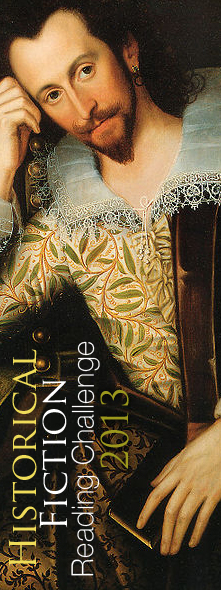I recently ran a workshop at the Jane Austen Festival, Australia, on the use of ribbon in 18th century clothing, with a particular focus on the stomachers used to fill in the front portion of a woman’s 18th century gown.
I have made several stomachers before (links to them are below), and I do enjoy the nature of a small project that entails a bit of handwork! This project was no exception.
Pattern
I used as a guide the pattern in Janet Arnold’s book, Patterns of Fashion 1. This particular extant stomacher uses a bordered silk ribbon with silver thread lace. This original example was not a boned stomacher.

One of the stomachers that is pictured and patterned in her book.
Construction Steps
Step 1: As I have done previously, I boned the foundation layer of the stomacher. This was not always done, as there are plenty of examples of stomachers that are just mounted onto a layer of unstiffened linen, however I do find it a bit easier to hold it in place when it is a bit firmer!
I used two layers of grey cotton broadcloth and sewed boning channels down them. It was then boned with solid plastic boning.

A view of the finished stomacher from the underside, showing the boned foundation.
Step 2: The top layer can now be decorated. I tried to use a very similar pattern as Janet Arnold’s stomacher used. I drew the pattern shape onto the cloth so that I could see an outline. I used silk ribbon, a metallic lace, and some little beading decorations. These were all mounted by hand onto the material, starting with the lace and the ribbon.

Attaching the ribbon and lace to the top layer of the stomacher.
I gathered the ribbon into little ovals so that it was symmetrical, and the lace was slightly gathered so that it would bend around the corners sufficiently.

The basic decorations are all attached, and half sewn on at this point.
I tightly gathered some ribbon along one edge so that the ribbon would fan out to become a circle. The raw edges were folded on themselves and a basic running stitch held them together. Then these flower circles were handsewn to the stomacher. This type of flower decoration was very popular in the 18th century, especially with two-toned – or, what we call – ombre ribbons.

Silk ribbon flowers were handsewn in place.
Step 3: I turned the raw edges of the two layers in, and then stitched the folded edges. I have generally bound the edges with binding, but I wanted to try something different this time.

The raw edges of the stomacher and stitched closed.
The photo shows that some areas were whipstitched, and in other areas I did a running stitch. I basically did whatever stitch I thought would work best in keeping the raw edges secure!
Step 4: The tabs were hand stitched to the sides of the stomacher during the edge-stitching phase above. These tabs help with pinning or attaching the stomacher to the front of the dress or stays.

The tabs attached
The finished piece!

All finished, with some little dangly pearl beads included!!
Now I’ve got to figure out what to wear with it!!
Related Posts
Making an Embroidered Stomacher, from 1725
Making a Stomacher– an “embroidered carnation” stomacher
Sources and Relevant Links
Patterns of Fashion 1, by Janet Arnold – buy on Amazon
Ribbon Embroidery in the 18th Century – from 18th Century Notebook (examples of 18th C. clothing that have used ribbon embroidery)
Jane Austen Festival Australia– website

































